The culinary world often buzzes with curiosity about the origins of beloved ingredients, and one question that frequently arises is whether the Kabocha squash—a staple in many global cuisines—is the result of hybridization between pumpkins and chestnuts. This query stems from the squash’s distinctive sweet, nutty flavor and dense, starchy texture, which eerily mirrors the taste and consistency of roasted chestnuts. However, the answer lies not in botanical crossbreeding but in the fascinating realm of plant evolution and selective cultivation. Let’s delve into the science, history, and myths surrounding this enigmatic winter squash.
Botanical Classification: Separating Fact from Fiction
To address the hybrid myth, one must first understand the taxonomic hierarchy of plants. Pumpkins, chestnuts, and Kabocha squash belong to entirely different botanical families. Pumpkins, including most winter squashes like butternut and acorn, are members of the genus Cucurbita, family Cucurbitaceae. Chestnuts, on the other hand, are tree nuts from the genus Castanea, part of the beech family (Fagaceae). Kabocha squash, scientifically known as Cucurbita maxima, is unequivocally a species within the Cucurbita genus, making it a close relative of pumpkins but genetically distant from chestnuts.
Hybridization in plants typically occurs between species within the same genus or, in rare cases, closely related genera. For example, the tangelo is a cross between a tangerine (Citrus reticulata) and a grapefruit (Citrus paradisi), both within the Citrus genus. However, intergeneric hybridization—crossing plants from different genera—is exceedingly rare and often results in sterile offspring. The genetic divide between Cucurbita and Castanea is vast, making such a crossbiological impossible. Thus, the idea of Kabocha being a pumpkin-chestnut hybrid is botanically untenable.
The Rise of Kabocha Squash: A Product of Human Ingenuity
If Kabocha is not a hybrid, how did it acquire its chestnut-like qualities? The answer lies in centuries of selective breeding by human cultivators. Native to Central and South America, wild pumpkins and squashes were domesticated over 10,000 years ago. Early farmers prioritized traits like sweetness, flesh thickness, and storage longevity, gradually shaping the genetic diversity of Cucurbita species.
Kabocha’s modern form emerged in Japan during the 16th century, when Portuguese traders introduced New World squashes to Asian shores. Japanese farmers meticulously selected for varieties with the richest flavors and creamiest textures. Over generations, this selective pressure yielded a squash with a uniquely sweet, almost chestnut-like taste and a dry, fluffy flesh when cooked. The resemblance to chestnuts is thus a testament to human cultivation, not genetic engineering or cross-species hybridization.
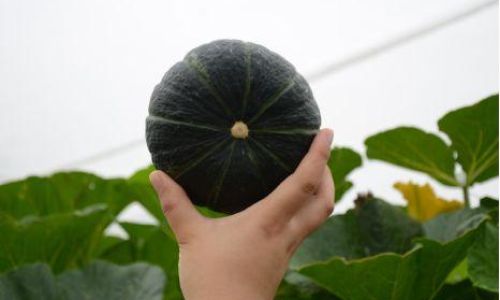
Flavor Chemistry: Why Kabocha Tastes Like Chestnuts
The nutty, sweet flavor of Kabocha is rooted in its chemical composition. Like chestnuts, Kabocha contains high levels of starch that converts to sugar during cooking, creating a caramelized sweetness. Additionally, both foods are rich in volatile compounds such as furaneol and sotolon, which contribute to their nutty, toasty aromas. These similarities are coincidental evolutionary adaptations, not evidence of shared ancestry.
Chestnuts, being tree nuts, accumulate starch and sugars to sustain themselves through winter, while Kabocha—a fruit—stores energy as starch to nourish developing seeds. Convergent evolution, where distantly related organisms develop analogous traits due to similar environmental pressures, explains this culinary overlap. Human taste preferences, which favor sweetness and umami, further amplified the appeal of these traits in Kabocha.
Culinary Applications: Beyond the Myth
The misconception about Kabocha’s origins has not diminished its culinary versatility. In Japan, it is simmered in sweetened dashi broth (kabocha no nimono), while in Thailand, it stars in creamy curries. Western chefs roast it with herbs or purée it into soups, capitalizing on its velvety texture. The squash’s low moisture content also makes it ideal for baking, as it doesn’t water down batters like zucchini or cucumber.
Nutritionally, Kabocha is a powerhouse, offering fiber, beta-carotene, and vitamin C. A 100-gram serving provides just 34 calories, making it a diet-friendly alternative to starchy potatoes. Chestnuts, while nutritious, are higher in fat and calories, underscoring the dietary distinctiveness of these two foods.
The Marketing Myth: How Misinformation Spreads
The belief that Kabocha is a pumpkin-chestnut hybrid persists due to clever marketing and linguistic ambiguities. In Japanese, the squash is sometimes called “Kabocha,” a term that literally translates to “South Asian pumpkin,” reflecting its geographic origins. However, vendors in Western markets often label it as “Japanese pumpkin” or “chestnut squash” to highlight its flavor profile, inadvertently fueling the hybrid myth.
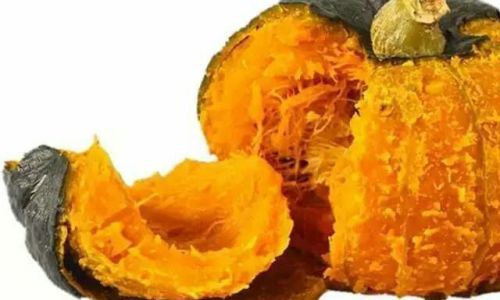
Social media and food blogs further perpetuate this narrative, with clickbait headlines promising revelations about “nature’s hybrid wonders.” While such content drives engagement, it often sacrifices scientific accuracy for sensationalism.
Conclusion: Celebrating Kabocha’s Unique Identity
In an era where hybrid foods like tangelos and pluots dominate grocery aisles, it’s easy to assume that every novel flavor stems from crossbreeding. However, Kabocha squash stands as a testament to the art of selective cultivation—a product of human patience and botanical possibility. Its chestnut-like qualities are not the result of genetic tinkering but of millennia of farmers nurturing desirable traits in Cucurbita maxima.
So, the next time you savor a slice of roasted Kabocha, marvel not at a fictional pumpkin-chestnut union, but at the quiet alchemy of evolution and human ingenuity that transformed a humble gourd into a culinary icon. The truth, it seems, is far sweeter than myth.
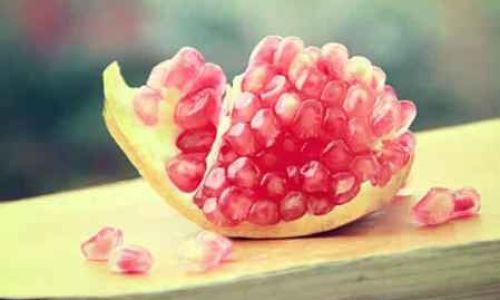
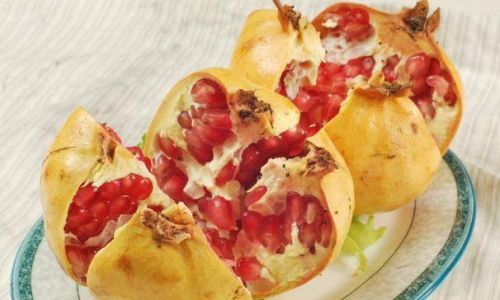

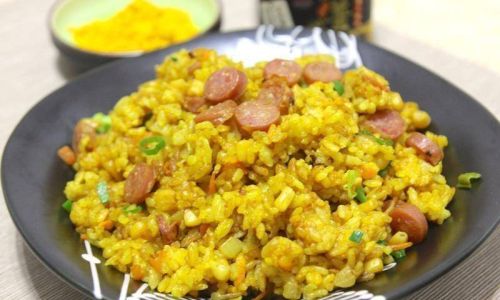
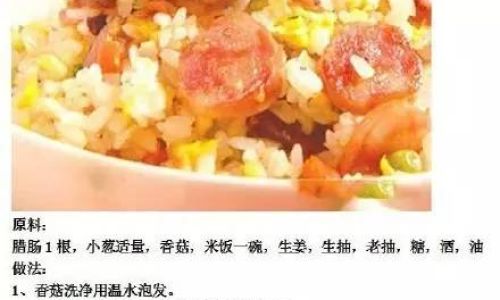
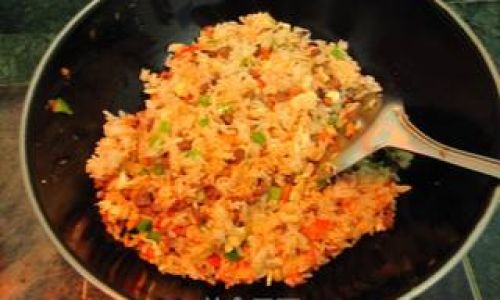
0 comments